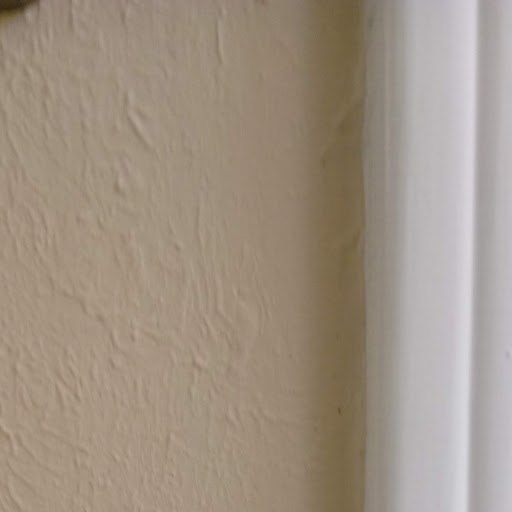How to even out the texture across my painted walls?
Related Discussions
Vinyl plank flooring vs pergo (laminate)
I currently have stinky dirty carpeting in my living room and I want to replace it with a durable flooring that can stand up to dogs and kids.
How to remove popcorn ceiling that has been painted?
Does having a paint over a popcorn ceiling change how I'd remove the popcorn ceiling?
How to apply peel and stick wallpaper?
I want to spruce up my walls with peel-and-stick wallpaper. Has anyone used this before and can advise me as to how to apply it properly?
How to stain wood floor?
I've heard staining is a good technique for updating floors. So how do I stain my wood floor?
How do I fix wallpaper that's peeling off?
The wallpaper on the corner of a wall in my house is starting to peel off. Any advice about the best way to glue it back?
How to seal the seams of vinyl wallpaper?
We are renovating our guest bathroom. We put up vinyl wallpaper along the tub/shower wall. I am not worried about the wallpaper itself getting wet because it is viny... See more





Probably for a professional to do for the texture
Why not make the walls smooth, much nicer.
I would hire a pro to come in and do a skim coat on all the walls that are like this. The easiest areas to screw up when texturing are the corners and edges. Maybe the ceilings too if they are rough. Your alternatives are to drywall over it or to sand the walls and that makes a dusty mess throughout your house. Get estimates from professionals and then don't pay until you are satisfied with their work. Prime and paint yourself if you are comfortable doing that but it's easy to goof that up too. Best wishes.
Home Depot has the stuff called knock down orange , its a spray you just spray on the wall you should do a few practice sprays first cause you can make different patterns after it dries just paint over it . hope this helps you.
You could try a small area and see if you like what you've done. You'll need a sponge and a small container of ready made plaster-pick up at box store. Make sure you clean the area your using with warm water only. If painted wall is a high gloss paint you'll need to rub it with sand paper. If all fails....call a pro.
Thank you all for your comments. I'm thinking this one is probably a job for the pros! Have a blessed day!
This may sound like a strange way to smooth out textured walls. We built a home in the 1960's and were so excited with the textured walls, for about a year that is. It was uneven, had hand prints from little people and was a general eye sore. We didn't know what to do and could not afford to hire a professional, so my husband went to the hardware store and bought two (2) bricks. We took our time and went over the area very carefully and soon we had smooth walls ready for paint. Why not try all you have to loose is the price of two (2) bricks.